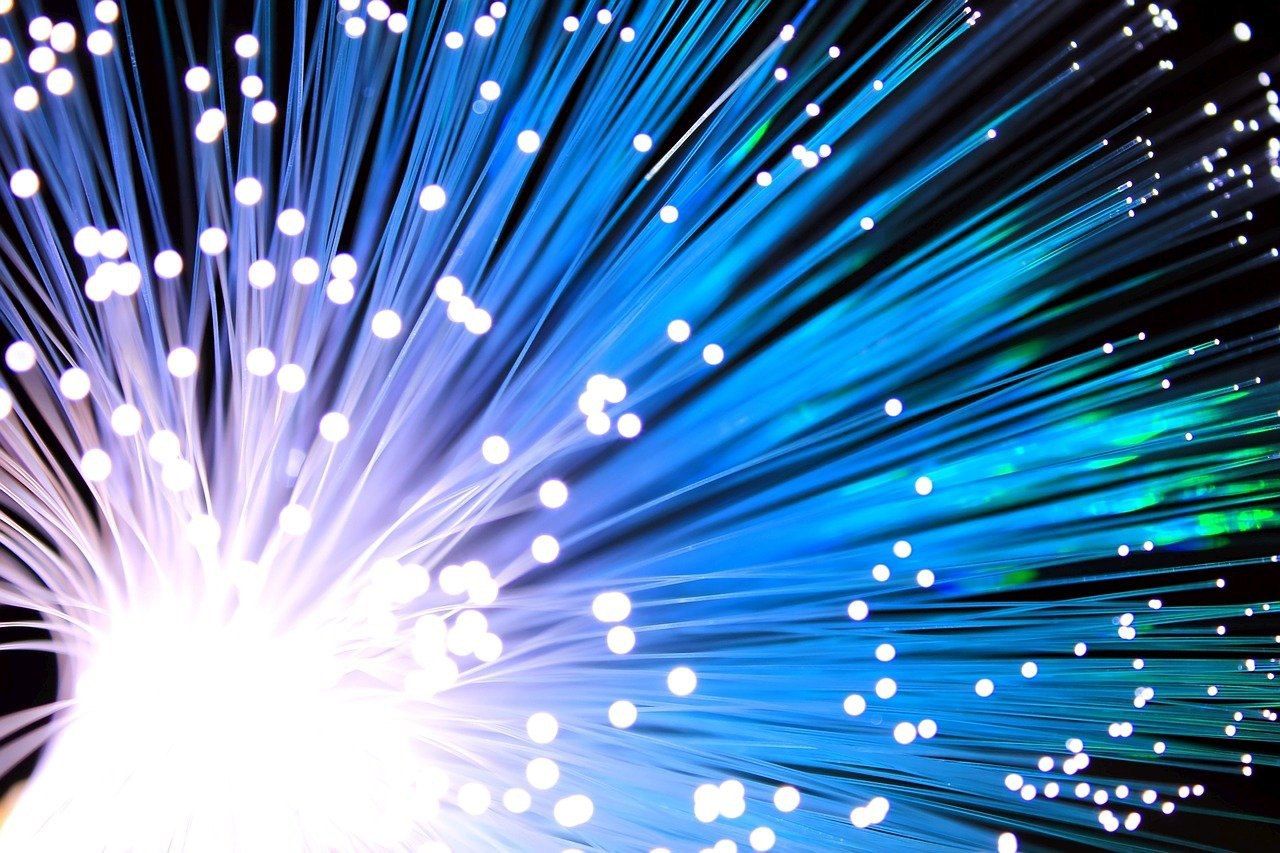International standardization for the safe use of electrical equipment
International standardization for the safe use of electrical equipment

Raising the issue of safety, it is necessary to understand that the correct formation of the technological base of production or the organization that is in contact with human labor is a very important aspect. Since in the 21st century the use of various technologies is gaining momentum and a huge number of automated processes are being introduced, therefore the use of electrical devices is responsible for the quality and consistency of the functioning of this system. In connection with the globalization of markets and the active exchange of technologies between countries, there is a need to create a regulatory system that is uniform for all countries, and international standards are just such an act. Today we will tell you about some of the key documents in the field of cable regulation and also tell you which of the standards may be useful for which type of organization.
Safety of machinery - Laser processing machines - Part 1: Laser safety requirements (ISO 11553-1:2020)
When creating international standards, there are a certain number of technical parameters that do not always fit into one document, or updates occur after the approval of an existing standard. One such example of a supplement is EN ISO 11553-1: 2020 / A11: 2020.
2020-05-29 PeC: to be offerered for MD 2020-04-30: This A11 will introduce revised Annex ZA for EN ISO 11553-1:2020. Both mother standard and A11 will be offered to OJEU for citation
If in the scientific and technological base of your organization you have the aforementioned standard for which an addition is required, we recommend that you familiarize yourself with the details in more detail by clicking on the link to our website.
Optical fibre cables - Part 6: Indoor-outdoor cables - Sectional specification for indoor-outdoor cables
The use of electrical equipment and its individual parts is responsible not only for the quality of the result, but also for safety, which is why it is necessary to adhere to such international standards as IEC 60794-6: 2020.
This document is a sectional specification covering general features of optical fibre cables applicable to outdoor as well as indoor environments, called "indoor-outdoor cables". Indoor-outdoor cables are deployed in outside plant environments as well as in premises thus fulfilling outdoor as well as indoor requirements. Typical application spaces are, for example, extension of a duct cable into a building or using this design for centralized cabling in the central office, the premises or local area network where the same cable is used for the entire length of the cabling link including both the indoor as well as the outdoor portions. Cables which generally possess the characteristics associated with outdoor cable designs having the thermal and mechanical robustness that makes them suitable for use in the outside plant, while simultaneously being relatively flexible, compact and lightweight and exhibiting the fire performance required in indoor premises are specified in IEC 60794-6-10. Flame retardant outdoor cables as specified in IEC 60794-6-20 are used when most of the cable length is deployed as an outdoor cable with a part of its length deployed indoors.
The cable design can be derived from a typical outdoor cable design according to the product specifications described in IEC 60794-3. The specific performance related to bend radii according to the installation situation and fire performance according to the regional legislation mainly requires the appropriate selection of the jacket material in combination with other material and/or design considerations. Because of the use in buildings with tighter space restrictions, higher flexibility of the cable is often required for the installation. Often, smaller diameter cables are preferred. Indoor cables which are weatherised as specified in (IEC 60794-6-30) are used when an indoor cable is used outdoors over a short distance (few meters), for example when the network access point (NAP) is very close to the building. The indoor-outdoor fibre optical cable design can be derived from an indoor design (see IEC 60794-2 and IEC TR 62901 for typical applications) with specific outdoor performance features added. Critical parameters are UV stability, and resistance against exposure to humidity.
If you are interested in the above-mentioned regulation technologies and if you have certain questions regarding this document, you can always clarify them with our team.
Optical fibre cables - Part 6-10: Indoor-outdoor cables - Family specification for universal indoor-outdoor cables
The use of electrical equipment and cables occurs not only in production or official organizations, but also in households. International standards such as IEC 60794-6-10: 2020 are created to regulate their use.
This document is a family specification covering features of optical fibre cables applicable to outdoor as well as indoor environments, called "universal indoor-outdoor cables". These cables generally possess the characteristics associated with outdoor cable designs (according to IEC 60794-3, however typically less stringent, and typically "non armoured") having the thermal and mechanical robustness that makes them suitable for use in the outside plant, while simultaneously being flexible enough, compact and lightweight and exhibiting the fire performance required in indoor premises.
A typical application is for example the centralized cabling in central office and the premises or local area network where the same cable design is used for the entire length of the cabling link including both the indoor as well as the outdoor portions.
Since this international standard is global and can be applied in every everyday situation, we recommend that you familiarize yourself with it to those enterprises that cooperate with households or other organizations that massively use the above technologies.
Optical fibre cables - Part 6-20: Indoor-outdoor cables - Family specification for flame retardant outdoor cables
The following standard is a good addition to the previous document, but it is more extensive and contains more technologies and methods of their application.
IEC 60794-6-20:2020 is a family specification covering optical fibre outdoor cables which are flame retardant and thus also applicable to indoor environments. These cables generally possess the characteristics associated with outdoor cable designs having similar thermal and mechanical robustness that makes them suitable for use in the outside plant, while simultaneously exhibiting the fire performance required in indoor premises. A typical application is for example the extension of a "shorter length" of an outdoor cable into the building.
Since both of the aforementioned documents are similar and can be easily misled when thinking about their scope, we recommend that you clarify in more detail which of the standards is most suitable for your organization.

Optical fibre cables - Part 6-30: Indoor-outdoor cables - Family specification for weatherised indoor cables
Different parts of the same standard can both complement each other and completely tell about absolutely different aspects. A prime example is IEC 60794-6-30: 2020.
This standard is a family specification covering optical fibre indoor cables that are deployed in short length (≤ 10 m) outdoor environments. These cables generally possess the characteristics associated with indoor cable designs having the appropriate fire performance and flexibility that makes them suitable for use in premises. Because of its predicted use outdoors, stability against environmental attack, for example UV radiation and humidity (see IEC 60794-6:2020, Table 1), is important.
Typical application spaces include the extension of a short length of indoor cable outside the building such as to a NAP mounted outside the building at the house wall.
If the technical features mentioned above have introduced you to a situation with a large number of questions, you can always clarify all the details by clicking on the link to the site and contacting our managers who will be happy to help you answer all existing questions and clarify incomprehensible nuances.
The key to the success of the system is in the details.
As it has been repeatedly noted, the use of not only a certain type of technology, but also setting up their individual parts by various methods can affect the quality of the final result. Since security issues have always been key in the construction of any system in both industrial and post-industrial society, the introduction of innovations has always been accompanied by the presence of a strong technological base. If your organization operates on an international scale or uses world famous equipment, we recommend having international standards available that are significant improve the existing processes in your business and increase the guarantee of the safety of your activities.
References:
Categories
- Latest News
- New Arrivals
- Generalities
- Services and Management
- Health Care
- Environment
- Metrology and Measurement
- Testing
- Mechanical Systems
- Manufacturing
- Electrical Engineering
- Electronics
- Telecommunications
- Information Technology
- Road Vehicles
- Railway Engineering
- Materials Handling
- Agriculture
- Food technology
- Petroleum
- Metallurgy
- Wood technology
- Construction
- Entertainment